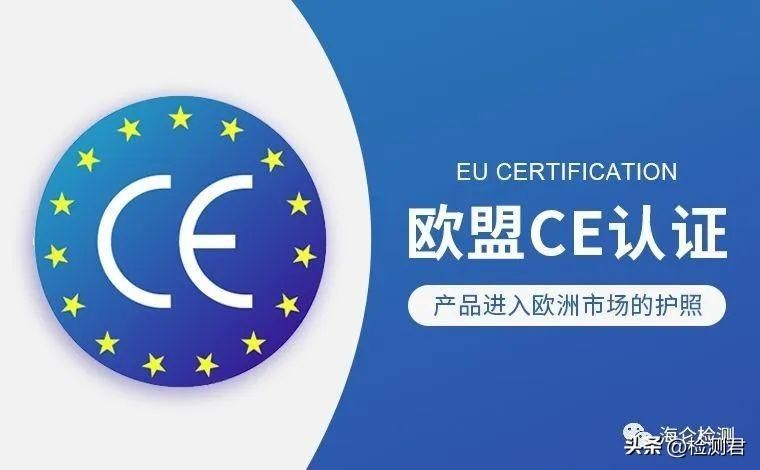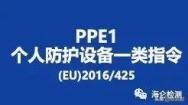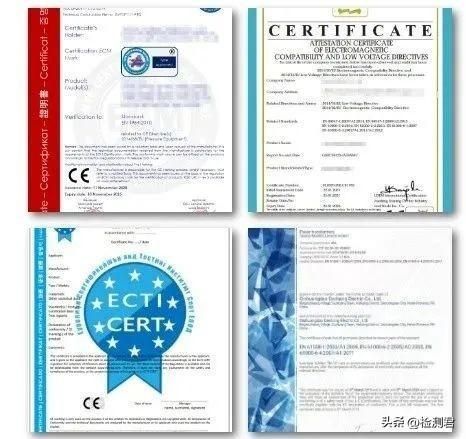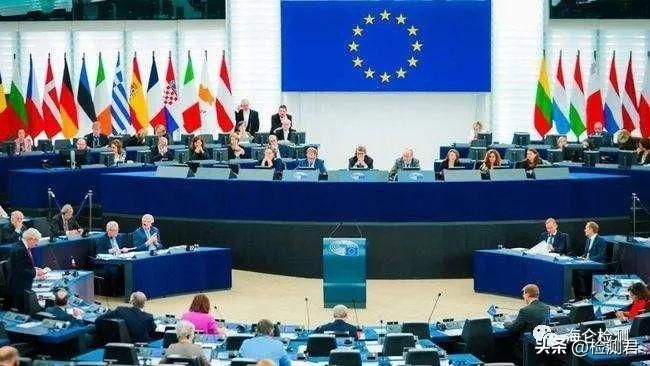The EU stipulates that the use, sale and circulation of products involved in the regulations in the EU should meet the corresponding laws and regulations, and be affixed with CE marks. Some products with relatively high risks are mandatory to require the EU authorized NB notification agency (depending on the product category, domestic laboratories can also provide) to evaluate the conformity of the products before the CE mark can be affixed.

1、 Which products are subject to EU CE certification?
| CE Directive |
Applicable product range |
|

|
Design and manufacture lifting and/or transportation equipment for carrying passengers, except for industrial trucks equipped with lifting operators, such as plate shears, compressors, manufacturing machinery, processing machinery, construction machinery, heat treatment equipment, food processing, agricultural machinery |
 |
Any product or material designed or intended, whether or not limited to children under the age of 14. For example, the key ring of the teddy bear, the sleeping bag in the shape of soft filled toys, plush toys, electric toys, plastic toys, baby carriages, etc. |
 |
Any products that do not meet the requirements of the Directive will be banned from being sold or recalled in the EU market: such as lawn mowers, compactors, compressors, mechanical equipment, construction machinery, handheld equipment, construction winches, bulldozers, loaders |
 |
Applicable to electrical products with working (input) voltage of AC 50V~1000V or DC 75V~1500V: such as household appliances, lamps, audio-visual products, information products, electrical machinery, measuring instruments |
 |
Various electric and electronic appliances or systems, as well as equipment and devices containing electric and/or electronic components, such as radio receivers, household appliances and electronic equipment, industrial manufacturing equipment, information technology equipment, communication equipment, lamps, etc |
 |
It is applicable to construction products that affect the basic requirements of construction engineering, such as:Building raw materials, stainless steel, floor, toilet, bathtub, basin, sink, etc |
 |
It is applicable to the design, manufacture and conformity assessment of pressure equipment and components. The allowable pressure is greater than 0.5 bar gauge pressure (1.5 bar pressure): pressure vessels/devices, boilers, pressure accessories, safety accessories, shell and water tube boilers, heat exchangers, plant boats, industrial pipelines, etc |
 |
Short range wireless remote control products (SRD), such as:Toy car, alarm system, doorbell, switch, mouse, keyboard, etc.Professional radio remote control products (PMR), such as:
Professional wireless interphone, wireless microphone, etc. |
 |
It is applicable to all products sold in the market or supplied to consumers in other ways, such as sports equipment, children’s clothes, pacifiers, lighters, bicycles, children’s clothing ropes and straps, folding beds, decorative oil lamps |
 |
“Medical device” refers to any instrument, instrument, appliance, material or other articles, such as articles used for diagnosis, prevention, monitoring or treatment of diseases; Investigate, replace or modify anatomical or physiological processes, etc |
 |
Personal protective equipment is any device or appliance designed to be worn or held by individuals to prevent hazards to health and safety: mask, safety shoes, helmet, respiratory protective equipment, protective clothing, goggles, gloves, safety belt, etc |
 |
Large household appliances (air conditioners, etc.), small household appliances (hair dryers), IT and communication instruments, lighting appliances, electric tools, toys/entertainment, sports equipment, medical devices, monitoring/control devices, vending machines, etc |
 |
About 30000 chemical products and their downstream textile, light industry, pharmaceutical and other products are included in the three management and monitoring systems of registration, evaluation and licensing: electronic and electrical products, textiles, furniture, chemicals, etc |
2、 What are the EU authorized NB institutions?
What are the EU authorized NB institutions that can do CE certification? You can go to the EU website to query:
http://ec.europa.eu/growth/tools-databases/nando/index.cfm?fuseaction=notifiedbody.main 。
We will choose the appropriate authorized NB organization according to different products and corresponding instructions, and give the most appropriate proposal. Of course, according to different product categories, at present, some domestic laboratories also have relevant qualifications and can issue certificates.
Here is a warm reminder: at present, there are many kinds of CE certification in the market. Before deciding to do it, we must determine whether the corresponding product instructions of the issuing authority are authorized. To avoid being blocked when entering the EU market after certification. This is critical.
3、 What materials need to be prepared for CE certification?
1). Product instructions.
2). Safety design documents (including key structural drawings, i.e. design drawings that can reflect the creepage distance, gap, number of insulation layers and thickness).
3). Product technical conditions (or enterprise standards).
4). Product electrical schematic diagram.
5). Product circuit diagram.
6). List of key components or raw materials (please select products with European certification mark).
7). Copy of the certification of the complete machine or component.
8). Other required data.
4、 What is the EU CE certificate like?

5、 Which EU countries recognize the CE certificate?
CE certification can be carried out in 33 special economic zones in Europe, including 27 in the EU, 4 countries in the European Free Trade Area, and the United Kingdom and Türkiye. Products with CE mark can be freely circulated in the European Economic Area (EEA).

The specific list of 27 EU countries is Belgium, Bulgaria, Czech Republic, Denmark, Germany, Estonia, Ireland, Greece, Spain, France, Croatia, Italy, Cyprus, Latvia, Lithuania, Luxembourg, Hungary, Malta, Netherlands, Austria, Poland, Portugal, Romania, Slovenia, Slovakia, Finland and Sweden.
Originally, the UK was also on the accreditation list. After Brexit, the UK implemented UKCA certification independently. Other questions about EU CE certification are welcome to communicate at any time.
Post time:
Mar-21-2023





















